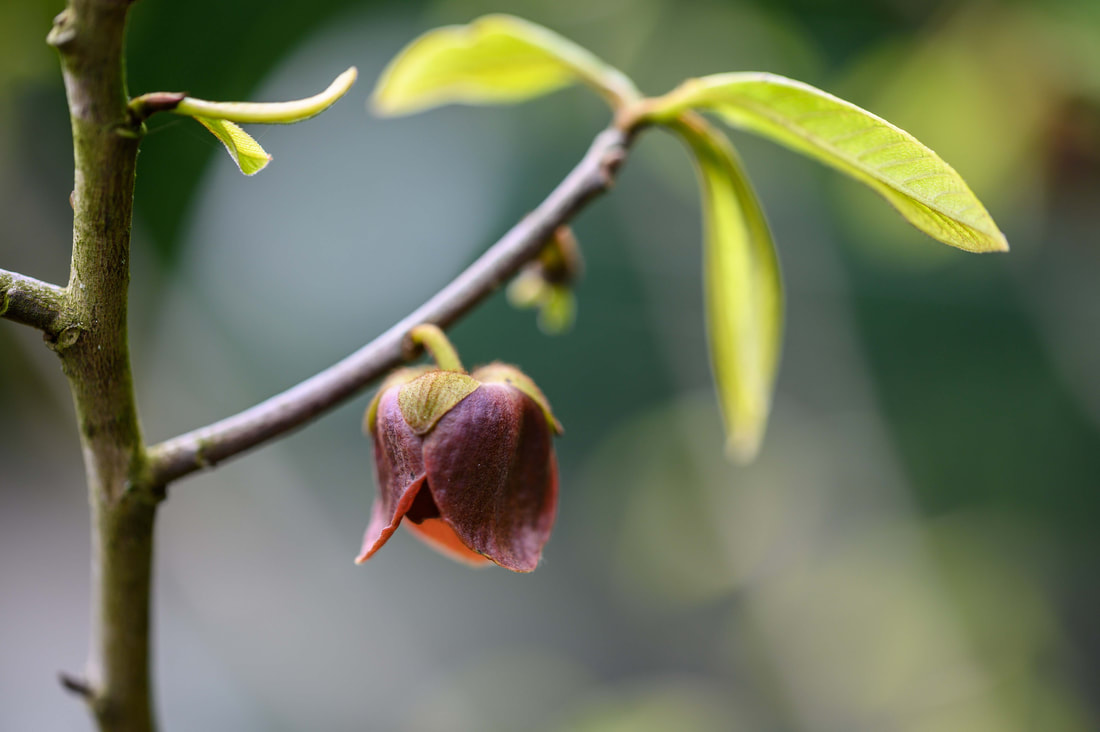Pawpaw leaves are the sole food source for the larvae of the zebra swallowtail (Protographium marcellus), and adults are often seen nectaring near the trees. Females choose fresh young leaves upon which to lay their eggs. The developing larvae feed on these leaves but may drop off the tree if disturbed by an enemy; older caterpillars may even hide in the leaf litter at the base of the tree. They’ll pupate on the pawpaw leaves, well-camouflaged as a dead leaf. (Photos of all life stages here: https://entnemdept.ufl.edu/.../bfly/zebra_swallowtail.htm...,)%2C%20is%20the%20only%20host
Although pawpaw trees are too small to have any value as timber, they produce edible fruits that resemble small, lumpy bananas. Also known as Hoosier bananas or custard apples, pawpaw fruits have a creamy texture and a tropical flavor. (If you’d like to try your hand at growing some, be sure to plant more than one tree, as cross-pollination is necessary to produce fruit.) In recent years, chemicals extracted from the twigs and seeds of pawpaw have been found to have promising anti-cancer and pesticidal properties.
Pawpaw is a wonderful smaller native tree that would be a fine addition to any landscape. (The zebra swallowtail will thank you, too!)
Author: Lisa Schneider
Photo: Gajus@Adobe Stock


 RSS Feed
RSS Feed